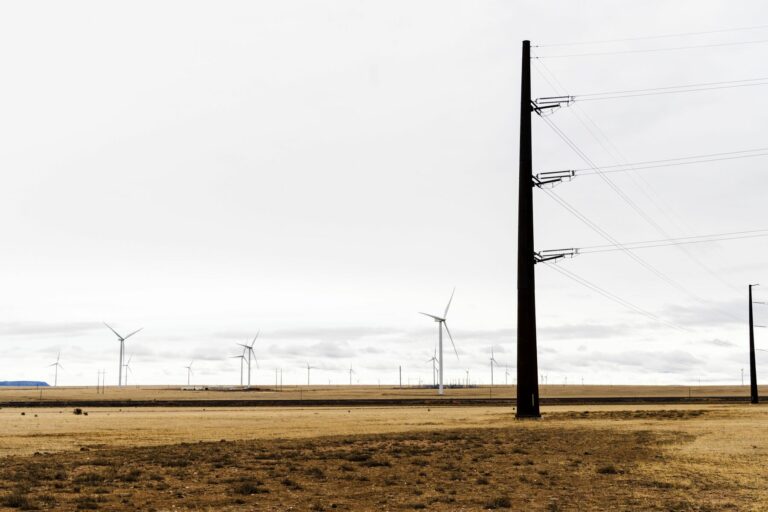Bakken Bottleneck: The Need for Additional Pipeline Capacity in North Dakota
As the Bakken continues to produce record amounts of crude oil, North Dakota officials are anticipating challenges in the coming months transporting oil and natural gas to keep up with booming production. The Bismarck Tribune recently highlighted this challenge, pointing out increased production levels:
May’s numbers — the latest available — show that North Dakota wells produced 1.39 million barrels of crude per day, just 800 per day more than in April. Natural gas production dropped slightly to 2.82 billion cubic feet per day.
In order to sustain the continued growth in oil production in the Bakken, North Dakota will require building new and upgrading existing oil pipeline projects. As North Dakota Department of Mineral Resources Director Lynn Helms reported to the Tribune:
Work is underway on a number of facilities to capture more of that gas, including several processing plants and Oneok’s Elk Creek Pipeline, which will carry natural gas liquids from eastern Montana to Kansas. Operations at processing plants depend on moving those natural gas liquids, such as propane, butane and pentane, out of state. The demand is so high to transport those liquids that the oil and gas industry is turning to trucks and rail to get those products to market, Helms said.
There are a number of new projects underway to ensure more crude oil is transported in the safest and most efficient way – by pipelines. There is the recently announced Liberty Pipeline project, which will move oil from the Bakken to Cushing, Oklahoma. And even more recently, there was an announcement of plans to expand capacity of the currently-operating Dakota Access Pipeline project.
The GAIN Coalition welcomes these new investments in Bakken pipeline infrastructure and their important role in meeting our nation’s energy needs.


